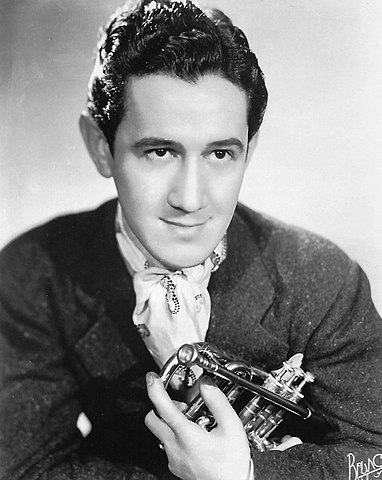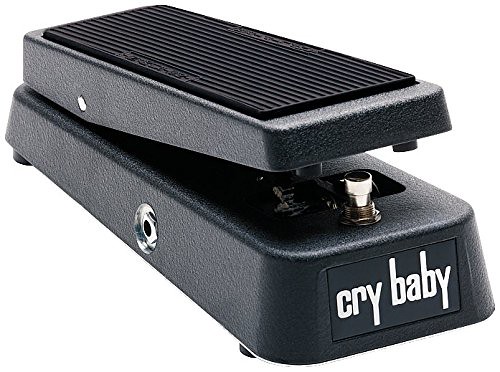Wah-wah pedals filter the frequencies of an incoming guitar signal to give it a distinctive, voice-like or crying sound.
Wah-Wah Pedals
The wah-wah pedal was one of the first guitar effects created, and was invented by Bradley J. Plunkett while working for the Thomas Organ Company in 1966. The idea of the wah pedal had been used by musicians like Chet Atkins with their own versions they made, or using modified organ expression pedals during the 1950s.
--> What became the modern day wah pedal started as an accident with a redesign of the Vox Super Beatle amp. The Vox Clyde McCoy Wah-Wah pedal was the result. Vox named the wah pedal after Clyde McCoy, a trumpet player who used a Harmon Mute to create an effect with his trumpet, and this became the sound the wah-wah pedal was created to mimic. McCoy had been using this technique since the 1920s, and it can be heard in the song “Sugar Blues” from the 1930s. Ultimately, Clyde McCoy was credited to the sound the wah pedal made.
What became the modern day wah pedal started as an accident with a redesign of the Vox Super Beatle amp. The Vox Clyde McCoy Wah-Wah pedal was the result. Vox named the wah pedal after Clyde McCoy, a trumpet player who used a Harmon Mute to create an effect with his trumpet, and this became the sound the wah-wah pedal was created to mimic. McCoy had been using this technique since the 1920s, and it can be heard in the song “Sugar Blues” from the 1930s. Ultimately, Clyde McCoy was credited to the sound the wah pedal made.
 The Vox Clyde McCoy Wah-Wah pedal was originally intended for wind instruments like the trumpet and saxophone, and Vox didn’t feel the need to have the wah pedal directed at the electric guitar market. After Plunket and guitarist/inventor Del Caher modified the pedal to accommodate an electric guitar, the Thomas Organ company renamed the wah pedal to Cry Baby, but failed to trademark the name leading to knock off wah pedals flooding the market.
The Vox Clyde McCoy Wah-Wah pedal was originally intended for wind instruments like the trumpet and saxophone, and Vox didn’t feel the need to have the wah pedal directed at the electric guitar market. After Plunket and guitarist/inventor Del Caher modified the pedal to accommodate an electric guitar, the Thomas Organ company renamed the wah pedal to Cry Baby, but failed to trademark the name leading to knock off wah pedals flooding the market.
Wah-wah pedals were soon picked up by many famous guitarists including (obviously) Jimi Hendrix. The use of the wah pedal in their riffs and solos became an iconic sound frequently used in psychedelic and funk music during the 1960s and 1970s.
Using a Wah Pedal
Some guitarists use wah-wah pedals in one set position to create a filtered tone, while others play them the conventional way of rocking the pedal up and down. This creates a sound similar to a person saying "wah" or other voice like sounds, hence the name.
-->A wah pedal in most cases is placed first on a pedalboard with a guitar effects pedal chain, but breaking this rule can achieve different sounds and effects with certain types of effects. Rocking the foot or pedal rocker back and forth, the wah pedal sweeps through the guitar signal’s frequencies to create the effect, but the wah pedal can be used in other ways as guitar effect.
Auto Wah Effects
Auto Wah effects mimic the sound of wah-wah pedals, but do not have an expression pedal, or foot rocker, found on normal wah-wah pedals. The incoming amplitude of the guitar signal triggers the effect to create wah type sounds automatically. Auto wah allows a consistent wah effect unlike a wah pedal being rocked back and forth.